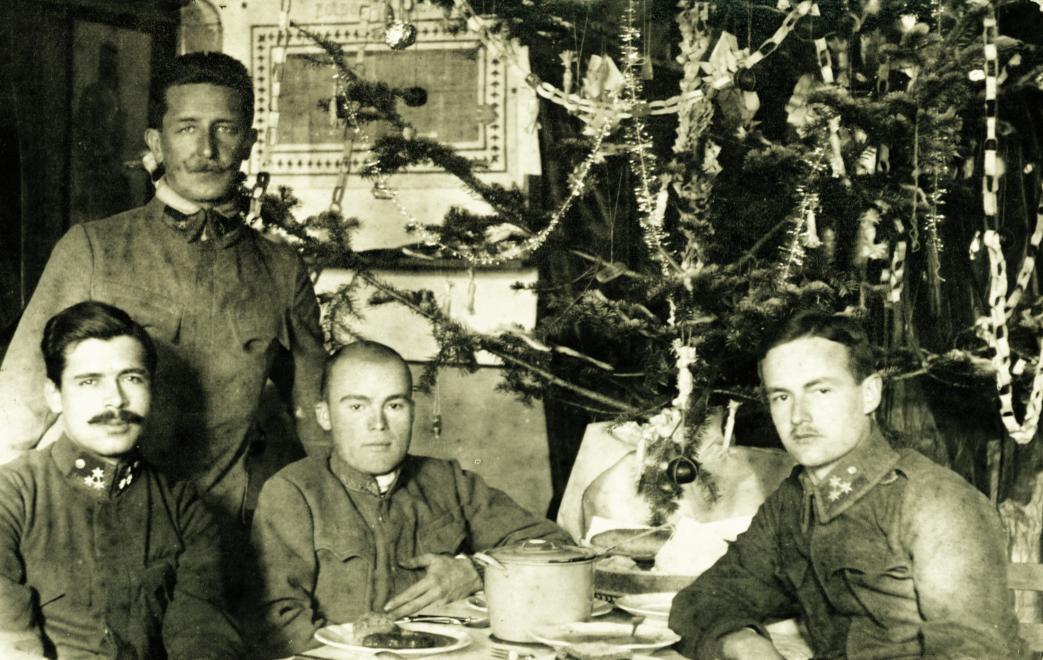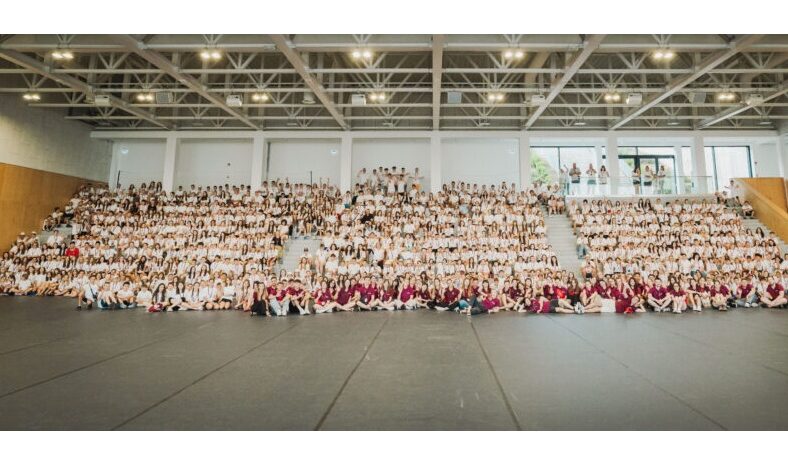While traditions have always played an important role during the holidays, every family has its own unique approach to such celebrations. Given the subject matter of this website, it may interest you to hear the experience of a third generation Hungarian Canadian, who was lucky enough to grow up with the fusion of two different but surprisingly complementary Christmas traditions.
Being the oblivious and rather naïve child that I was, it took me a while to realize that the Christmas traditions practiced in my family every December were not entirely like those typically practiced by other families in Canada, but neither were they the same as those of Hungarians in Hungary. A bit less oblivious today (I hope), I still have a bit of trouble pinpointing exactly when the season really begins. But generally, after opening up the advent calendar, rejoicing at my chocolate-filled shoes on the December 6, and hearing Mariah Carey blaring in shopping malls, I start to get the point.
Saint Nicholas Sails the Atlantic
Saint Nicholas Day is the first major boon I have to list. While my classmates in elementary school were still worrying about their homework, I was already forgetting to do my homework, because I was busy thinking about all the sweets I would receive on December 6th. Saint Nicholas Day is, of course, not only practiced by Hungarians, but most families in Eastern Canada do not tend to follow the tradition.
I did tell my confused classmates that they should place their shoes out in front of the door in the evening, reassuring them that they would be filled with chocolate Santa Clauses the next day. Whether Krampus ate their treats or whether St. Nicholas’ supply was strictly allocated for the Hungarian diaspora I’m not sure, but I do pride myself in having inadvertently popularized the practice at the ripe age of 9.
Hungarian Carolers in Canada
Hamilton has a large Hungarian community, and on the first Sunday of every year we always celebrate Saint Nicholas Day at our Church. Being the little materialist that I was back in the day, in our post-mass celebration I would particularly look forward to the visit from Saint Nicholas, and of course the second bag of sweets that followed (maybe that’s why my Canadian classmates didn’t get any).
At our church get-together, we would always prepare simple but pleasant crafts that our scout troop would bring to the Saint Elizabeth Retirement Residence. I have many pleasant memories of going from floor to floor singing Christmas carols in both English and Hungarian while handing out gifts to residents, many of them Hungarians, some of them refugees from 1956. In fact, I’m sure books could be written about these elders, their stories, and their contributions to establishing a Hungarian church so far from home.
The Heart of Christmas: Spirit
An internationally undeniable fact is that a key element to Christmas is spirit. Everyone has their own method of getting into the Christmas spirit, but if you don’t, the following movies may help you in the process. Indeed, I was fortunate enough to be introduced to some of the greatest Christmas classics in cinema, thanks to my mother being born and raised in Canada as well, “because this is what I grew up on,” she says. The 1964 stop motion Rudolph the Red-Nosed Reindeer, the 1970 stop motion Santa Claus is Comin’ to Town, and It’s a Wonderful Life. Absolute classics that will most certainly get you into the holiday spirit. Growing up, my parents, worried that I’d forget Hungarian, were quite strict about ensuring that I was exposed to Hungarian movies and shows, not just Hollywood. Of course, A Tenkes Kapitánya is great, but during Christmas, Rudolph takes precedence.
Perhaps the 24th and 25th are where the greatest fusions of Canadian and Hungarian traditions come into play for my family. Both Christmas Eve and Christmas Day are celebrated, with our extended family visiting on Christmas Eve. Among them is my grandmother, who migrated to Canada from Hungary in 1956, bringing her knowledge of (among other amazing Hungarian dishes) mákos guba – a poppy seed dessert which she prepares masterfully every Christmas.
Midnight mass is also held at our church. 100 years ago, most Hungarians likely did not imagine that their compatriots would someday be singing Hungarian Christmas carols in a church more than seven thousand kilometers away, but here we are!
Everybody Has Presents to Bring
The final dilemma shows up on Christmas Day, when it comes to finding out who brought the presents. There is plenty of scholarly and non-scholarly debate around whether Santa Claus and Saint Nicholas are the same person, but regardless, after Saint Nicholas stopped by on the sixth, our house was always visited on Christmas Eve by both Santa Claus and his reindeer (following the Canadian tradition) and baby Jesus and his angels (following the Hungarian tradition). I never had any objection to leaving some milk and cookies out for our guest from the North Pole if it meant getting more presents.
No matter where we come from or where we are, it is worth being thankful for our holiday traditions and the additions to the unique practices we carry with us, we may not always realize their beauty.
In the featured photo illustration: the Christmas Museum and Shop in Szentendre. Photo by Attila Lambert/Hungary Today




